Engineering: Phases of a Typical Engineering Project
What are Project Engineering Phases?
Applied Chemical Technology (ACT) recommends approaching engineering projects in phases for economical develop of new processes and products. This phased approach also provides an easy framework for funding plans for a project. Below is a list of the typical phases of a project with the scope of each phase. A particular engineering project may not require all of these phases or every step of each phase. Also, there may be overlap between phases. A project manager at ACT will work with you to help you identify how your project fits into this framework.





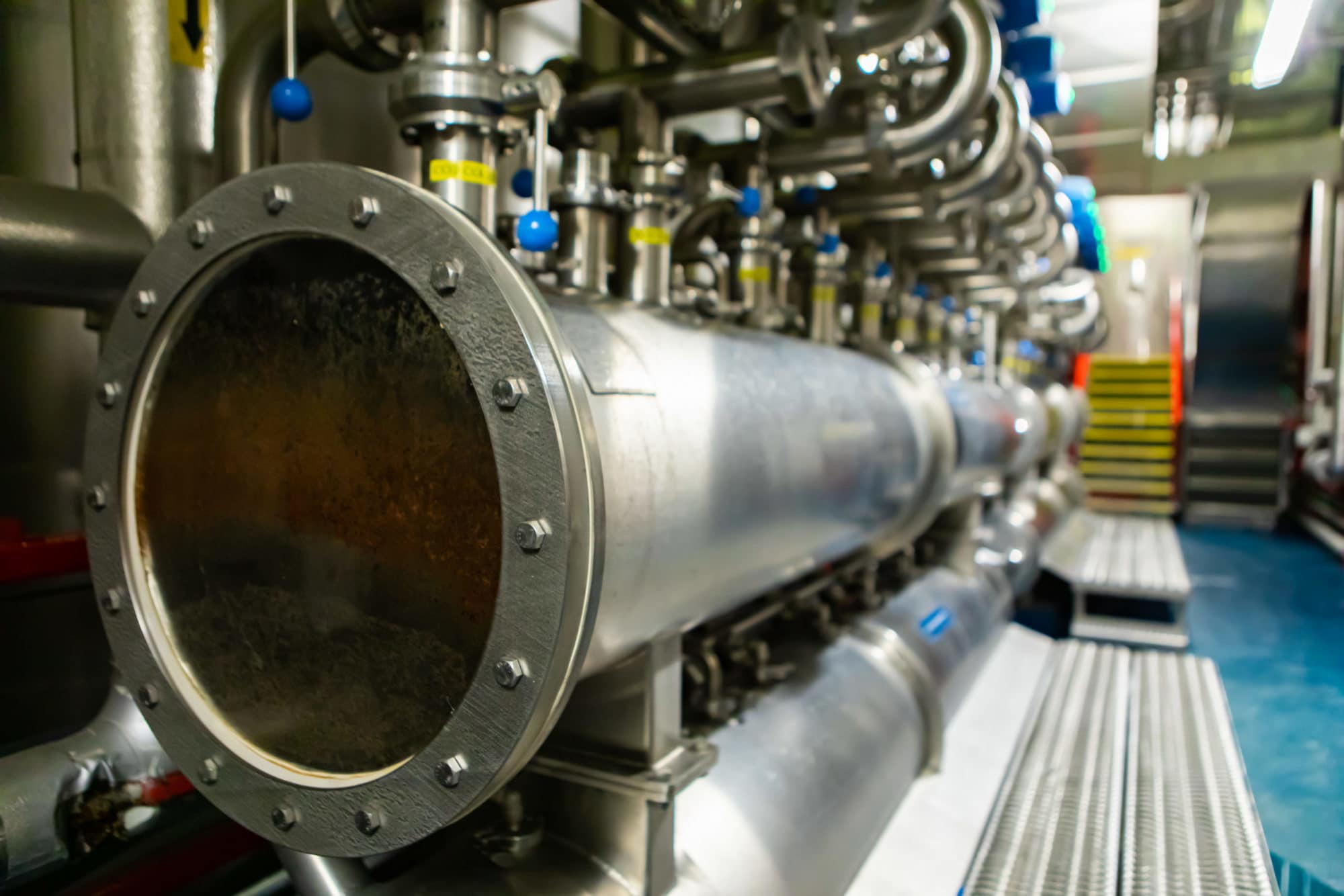

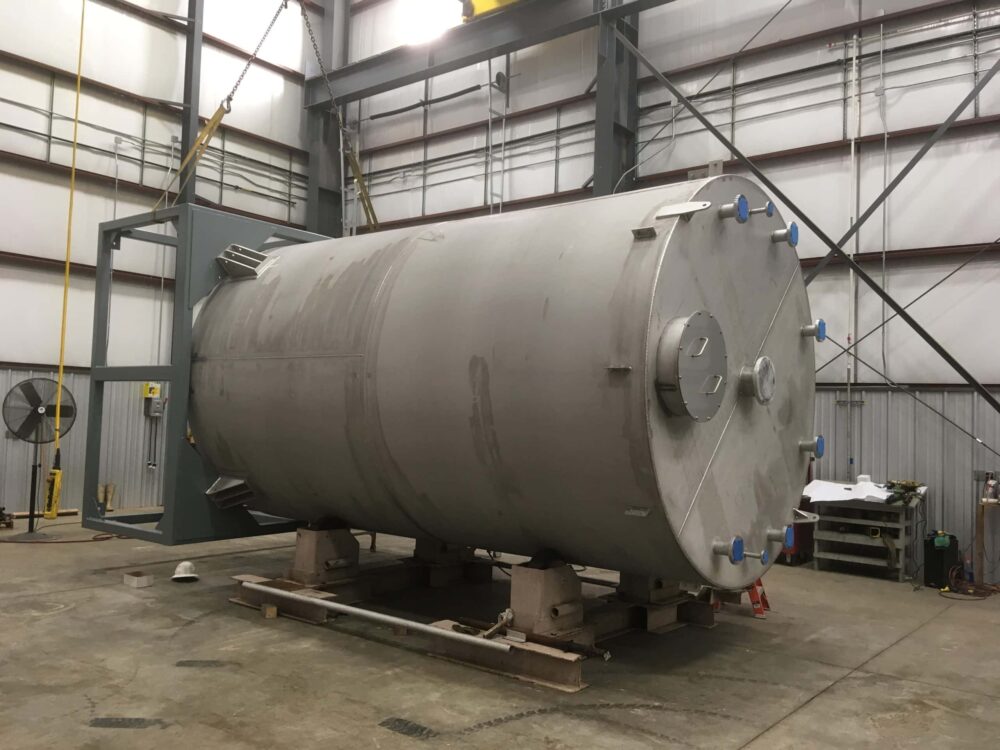




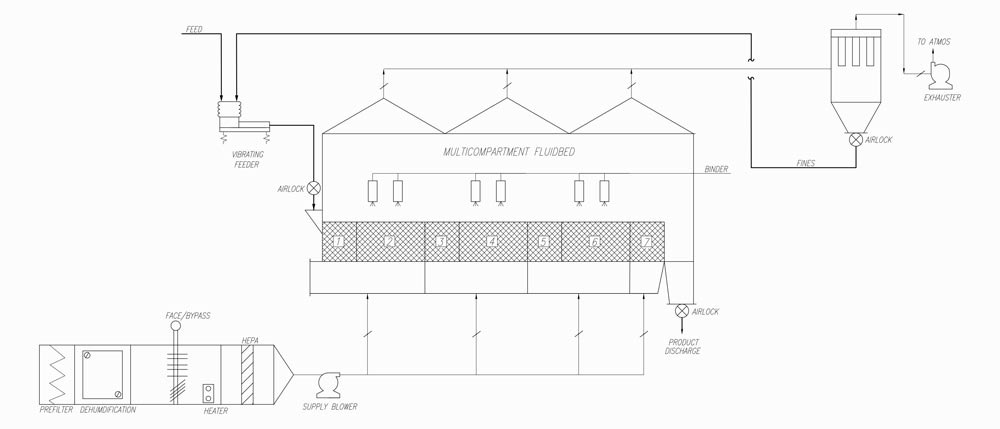
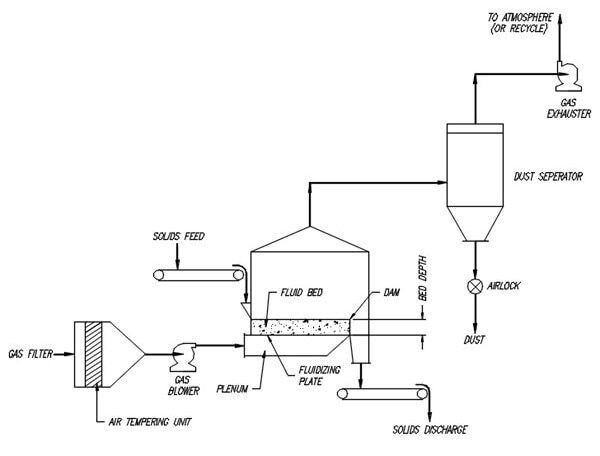


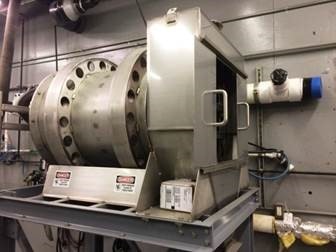

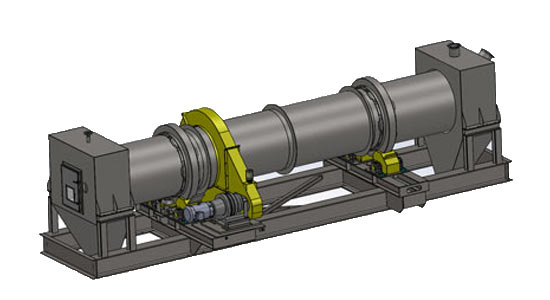
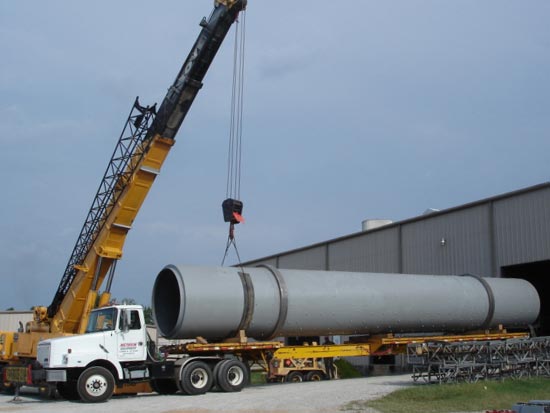


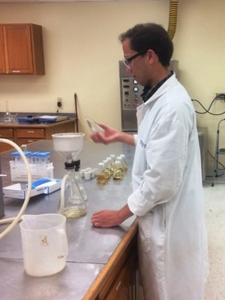
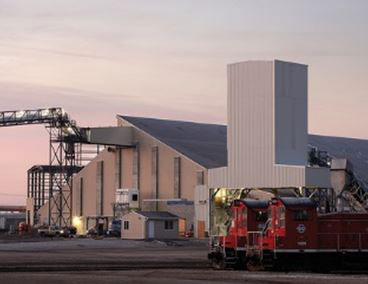
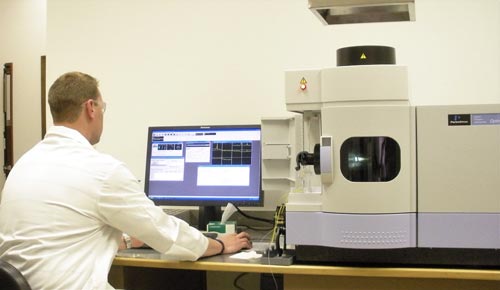


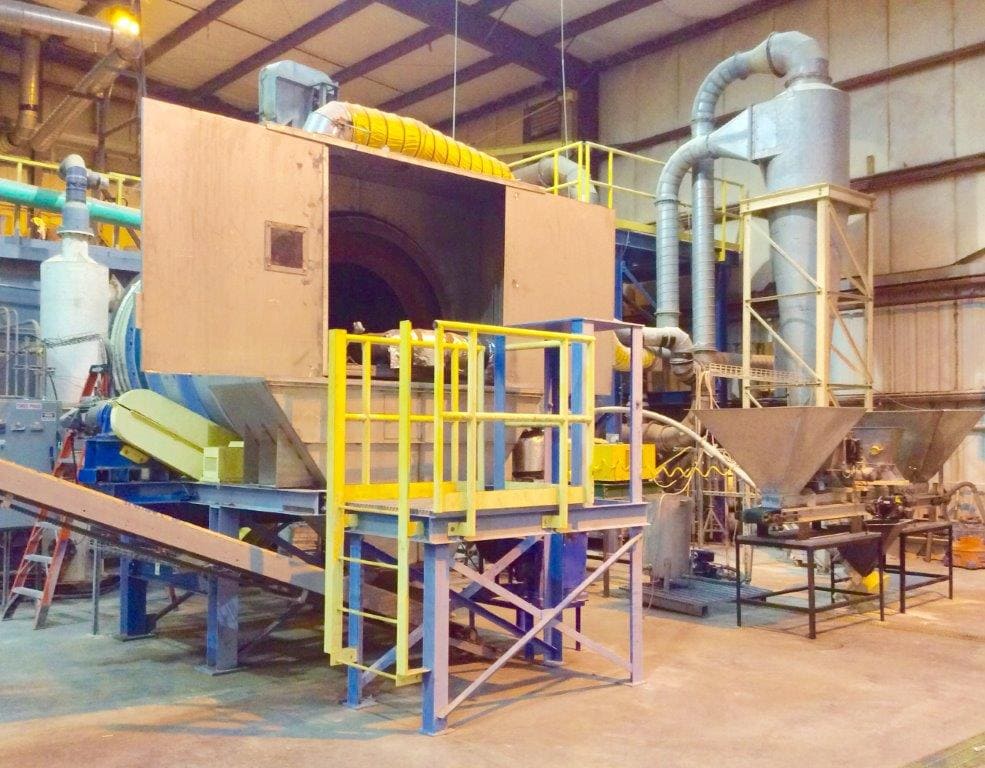
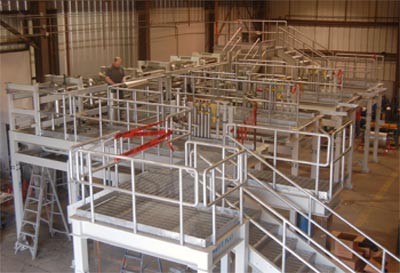



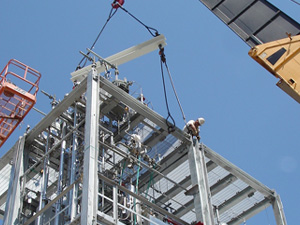
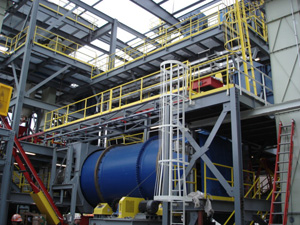





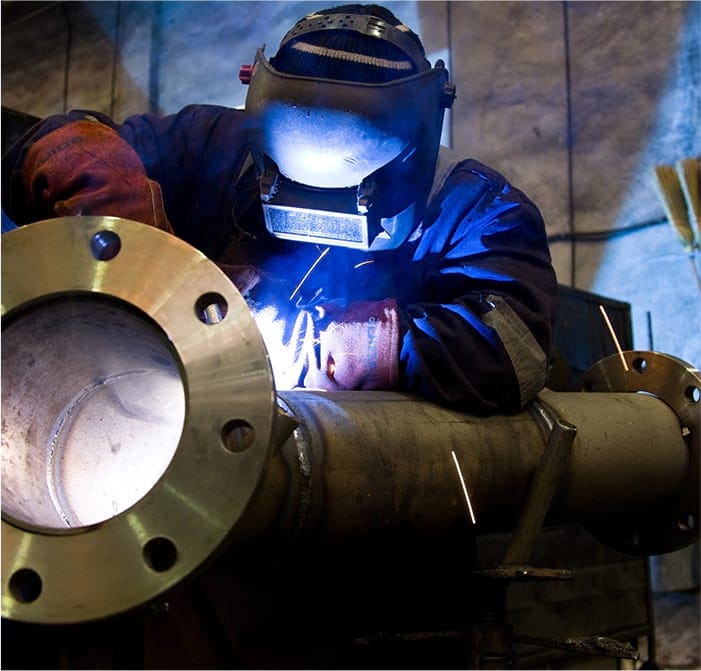

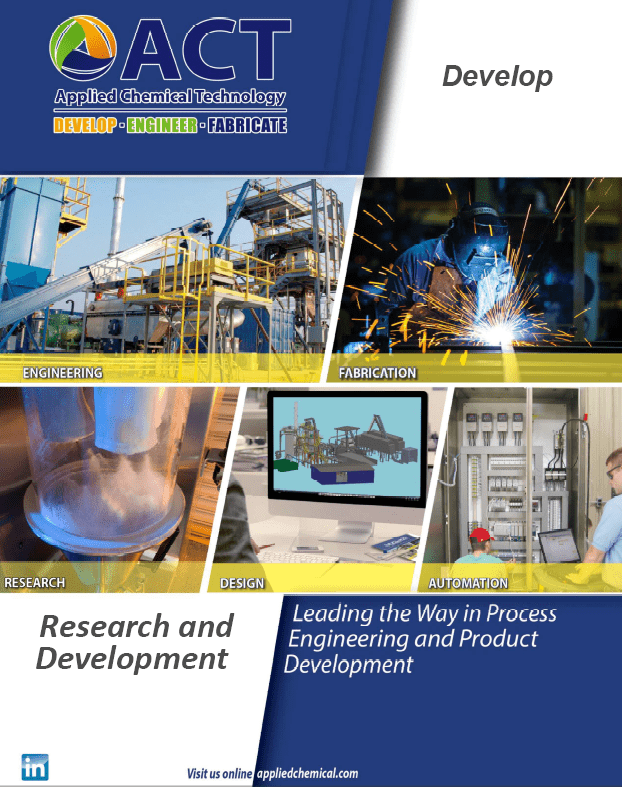

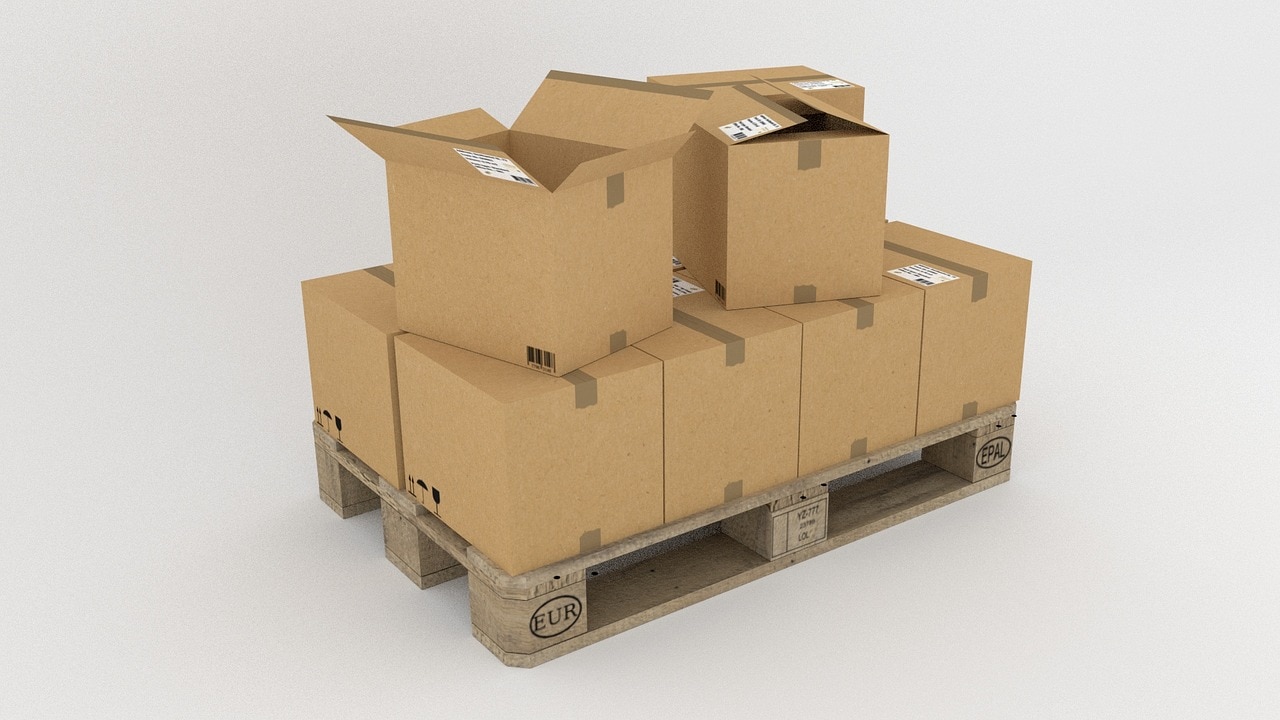

 Provide On-Site Consulting and Oversight throughout the Construction Phase
Provide On-Site Consulting and Oversight throughout the Construction Phase